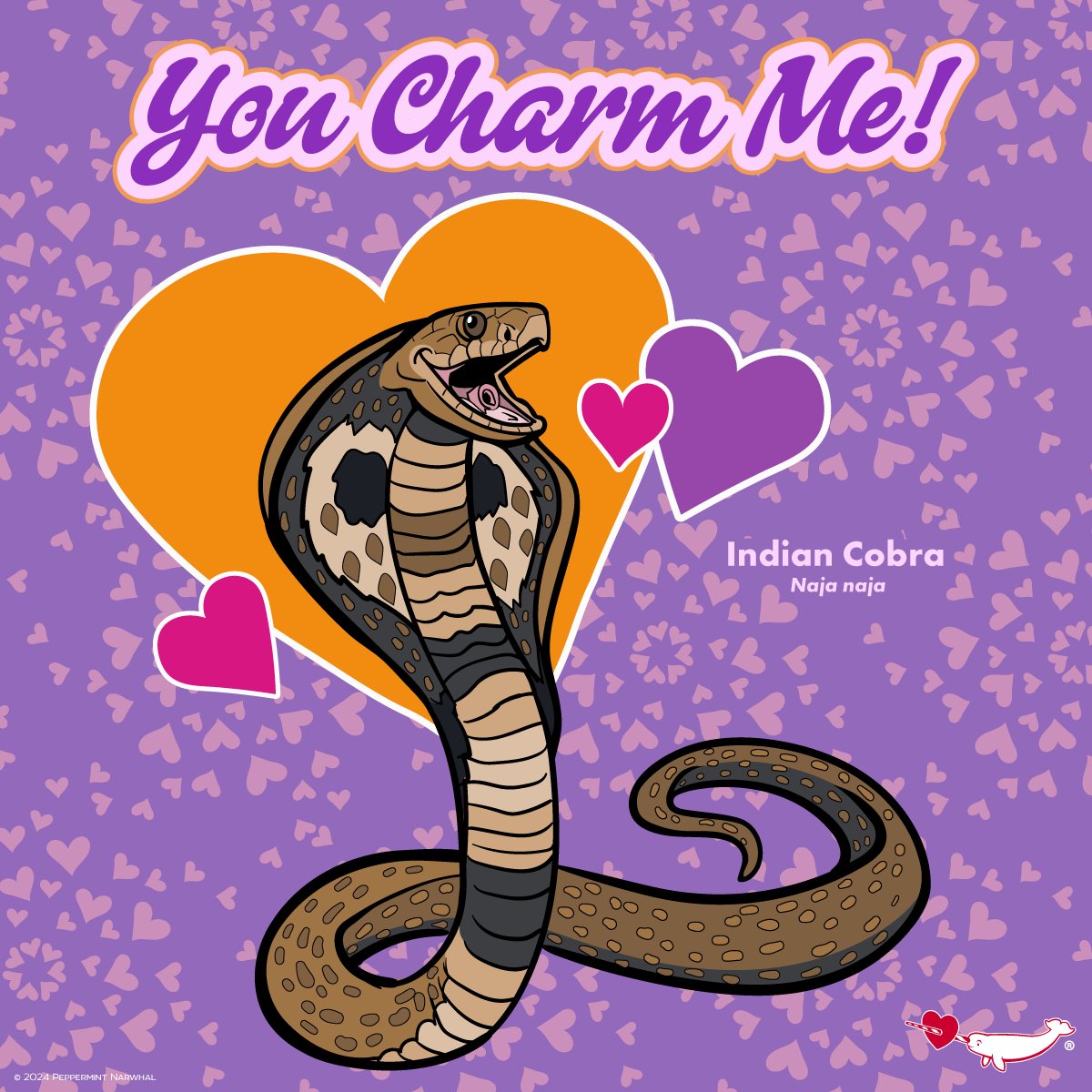– The biological significance of the Indian Cobra (Naja naja) in the ecosystem.
– The cultural importance of the Indian Cobra in Hindu mythology and its impact on snake charmers.
– Details about the new collectible enamel pin series and its conservation implications.
– Insights into the role of zoos and wildlife conservation efforts in preserving endangered species.
The Indian Cobra (Naja naja), a species notorious for its venom and mesmerizing hood, plays a pivotal role in ecosystems across the Indian subcontinent. As predators, they control the population of their prey, contributing to the balance of various ecological communities. These snakes thrive in many environments, including forests, plains, agricultural lands, and even populated urban areas, which unfortunately puts them at risk due to human activities. The conservation of their habitats is essential not only for their survival but also for maintaining biodiversity.
In Hindu mythology, the Indian Cobra holds a place of reverence, symbolizing power, desire, and the cycle of life and death. This cultural significance extends to the traditional practice of snake charming, a performance art that has been marveled at and criticized. While it showcases the snake’s importance in cultural heritage, concerns about animal welfare and conservation have led to calls for more ethical ways to celebrate these creatures without causing them harm or exploitation. Understanding and respecting the cultural significance of these snakes while promoting their conservation is a delicate balance that requires attention from local communities and wildlife conservationists.
Launching a new collectible enamel pin series featuring unique monotremes, including the platypus and the echidnas, represents a creative approach to wildlife conservation. These pins serve as a reminder of the wonders of biodiversity and support conservation efforts with a portion of the proceeds. Such initiatives engage the public in conservation in accessible and engaging ways, raising awareness and funding to support vital conservation work.
Zoos and wildlife conservation programs play crucial roles in protecting endangered species, including the Indian Cobra. Through breeding programs, habitat conservation efforts, and educational outreach, zoos contribute to maintaining biodiversity and educating the public about the importance of conservation. Collaboration between zoos, conservation organizations, and local communities ensures that endangered species receive the attention and protection they need.
The Indian Cobra is an emblematic species with significant ecological, cultural, and conservation importance. Its presence reminds us of the intricate connections between humans, animals, and the environment. Efforts to preserve its habitat and respect its place in culture are vital for its continued survival and the health of ecosystems across the Indian subcontinent. The collective action of conservationists, local communities, and the public can make a meaningful difference in safeguarding these remarkable creatures and the biodiversity they represent.
*****
Source Description
Valentine – You Charm Me!
Did You Know? – The Indian Cobra (Naja naja), also known as the Spectacled Cobra, Asian Cobra, or Binocellate Cobra, is a venomous snake in the family Elapidae.
It is one of the “Big Four,” the four venomous snake species responsible for causing the greatest number of medically significant human snake bite cases on the Indian subcontinent. The species is revered in Hindu mythology and culture and is often seen with snake charmers.
FINAL DAYS TO PLEDGE!!!!
–
NEW collectible enamel pin series featuring the world’s only egg-laying mammals, the monotremes, including the platypus and the echidnas.
Pledge Now! – https://rb.gy/0lw7he
Search “Monotremes” or “Peppermint Narwhal” on Kickstarter.
Campaign ends Feb. 4, 2024.
Shop www.peppermintnarwhal.com


